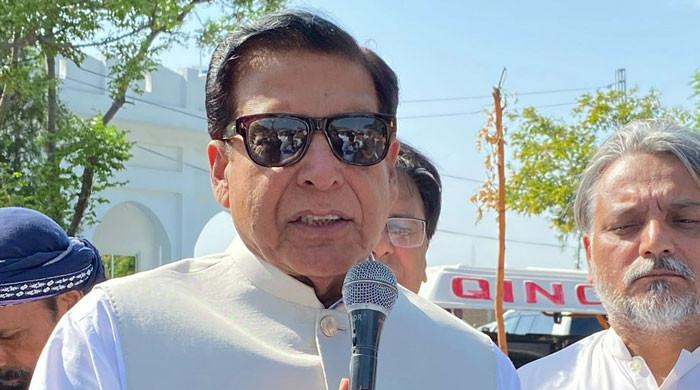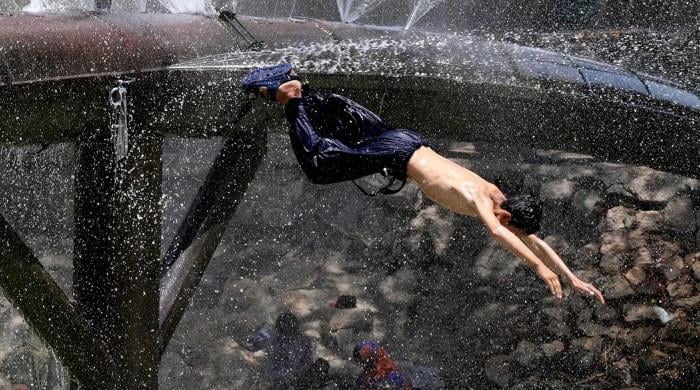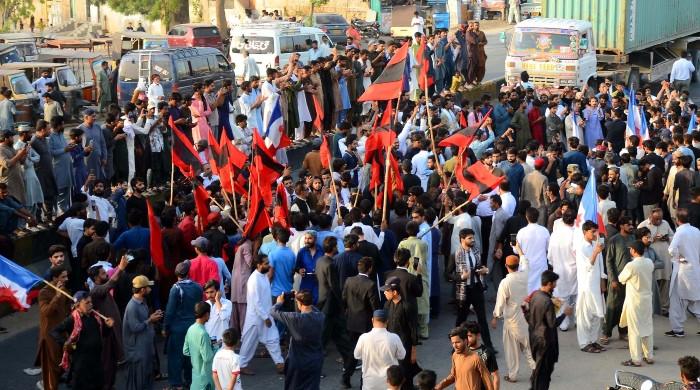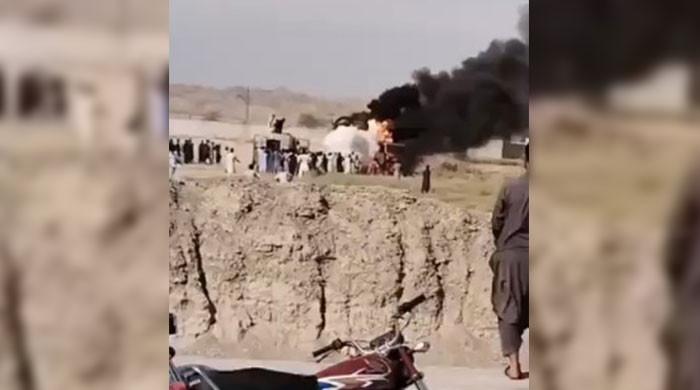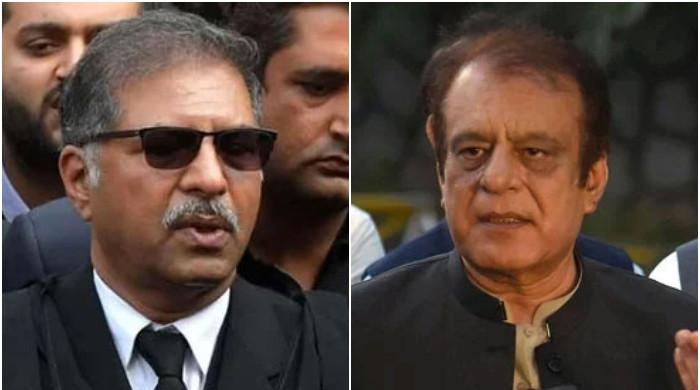Lahore outshines major capitals in global safety ranking: report
Ranking indicates significant change in the way the city is being governed, experienced, viewed
April 29, 2025
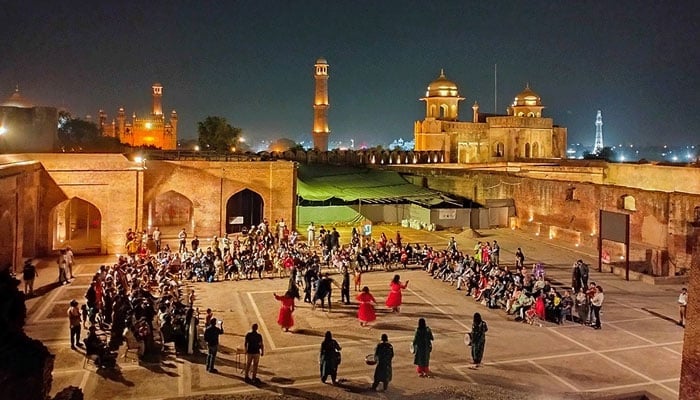
LAHORE: As per Numbeo's 2025 Crime and Safety Index, Lahore has risen to the top of the global competition for public safety, outperforming 249 international urban centres and ranking among the safest big cities in the world.
Currently ranked 37th globally in terms of low crime and 63rd in the list of the world's safest cities, the provincial capital of Punjab is a symbol of urban transformation in a development that has drawn attention from all over the world, The News reported.
Some of the world's most powerful capitals, including Mexico City, Dhaka, Kuala Lumpur, Washington, DC, New Delhi, Paris, Tehran, London, Los Angeles, Jakarta, New York, Rome, Istanbul, and Berlin, are among the cities Lahore has overtaken, indicating that the city is not only catching up but also establishing a new standard for urban security in the region.
The largest independent, crowdsourced global database for quality of life data in the world, Numbeo gathers detailed, up-to-date data directly from citizens in more than 250 locations throughout the globe. Governments, corporations, researchers, and international organisations utilise its Crime and Safety Index, which is considered a crucial global reference, to determine how livable an urban area is.
Lahore outperformed numerous cities that are typically thought of as safer or more developed, with a Crime Index of 37 and a Safety Index of 63 in the 2025 edition. The Crime Index for Mexico City was 67.5, while those for Dhaka, Kuala Lumpur, Washington, DC, and New Delhi were 62.3, 59.1, 58.0, and 55.1, respectively. Perceived safety was lower even in Western capitals like Rome (48.8), Berlin (44.6), and New York (50.7).
These rankings indicate a significant change in the way the city is being governed, experienced, and viewed; they go beyond simple statistical trends. Lahore has experienced a strategic transition characterised by modern policing techniques, real-time monitoring, greater community participation, and unwavering administrative emphasis. Previously, the metropolis was perceived through the lens of urban overpopulation and law enforcement restrictions.
This evolution is substantiated by hard data: from April 2023 to April 2024, Lahore recorded 67,585 reported crimes. In the following year, that number fell dramatically to 34,091 — representing an overall crime reduction of nearly 50%. Category-specific improvements were even more striking. Robbery and homicide decreased by 64%, street robbery by 55%, mobile phone snatching by 42%, motorcycle and car theft each by 33%, and other forms of vehicle theft by 39%.
Behind this decline lies a clear, deliberate strategy. Law enforcement adopted a data-driven approach, identifying crime hot spots through real time analytics and directing resources accordingly. Human and logistical reinforcements were allocated to the city’s most vulnerable zones. Accountability within the police force was enforced through disciplinary action — over 400 officers faced consequences for misconduct, including the imprisonment of four station house officers. Merit-based promotions elevated young, dynamic officers to critical leadership roles, while strong political will ensured that law enforcement operations remained non-political and merit-driven. A city-wide crackdown targeted absconders, repeat offenders, and most-wanted criminals, reinforcing a visible and assertive response to crime.
The transformation of Lahore’s safety landscape has forced a reevaluation of global perceptions surrounding South Asian cities. Where once security concerns dominated the narrative, Lahore now offers a compelling counterexample — showing that a metropolis in a developing country can implement effective reforms and climb the ranks of global urban safety. This shift is not merely administrative or infrastructural; it reflects an emerging confidence among citizens who increasingly feel secure in their homes, on the streets, and in their communities.
While crime statistics can be influenced by a wide range of factors, Numbeo’s reliance on citizen-submitted data adds an important layer of credibility. The improved perception of safety, as expressed by thousands of residents, is a testament to how deeply these reforms have resonated.
The city’s new standing enhances its profile for international tourism, boosts investor confidence, and raises the overall quality of life for its population. Lahore’s rising trajectory in global rankings is not just symbolic — it is practical, measurable, and transformational.
Speaking on this achievement, DIG Operations Faisal Kamran told Daily Jang that our journey is far from over. He said that their future goal is clear to make Lahore the safest city in the world. His statement reflects a sustained commitment to ongoing reform and a vision that extends far beyond this year’s milestone.
Lahore’s recognition in the Numbeo 2025 Crime and Safety Index affirms not only its present progress but its future potential. It signifies a growing alignment with global standards of governance, citizen trust, and institutional accountability. As other global cities struggle with rising crime and instability, Lahore’s success offers both inspiration and a model for urban resilience in the 21st century.




